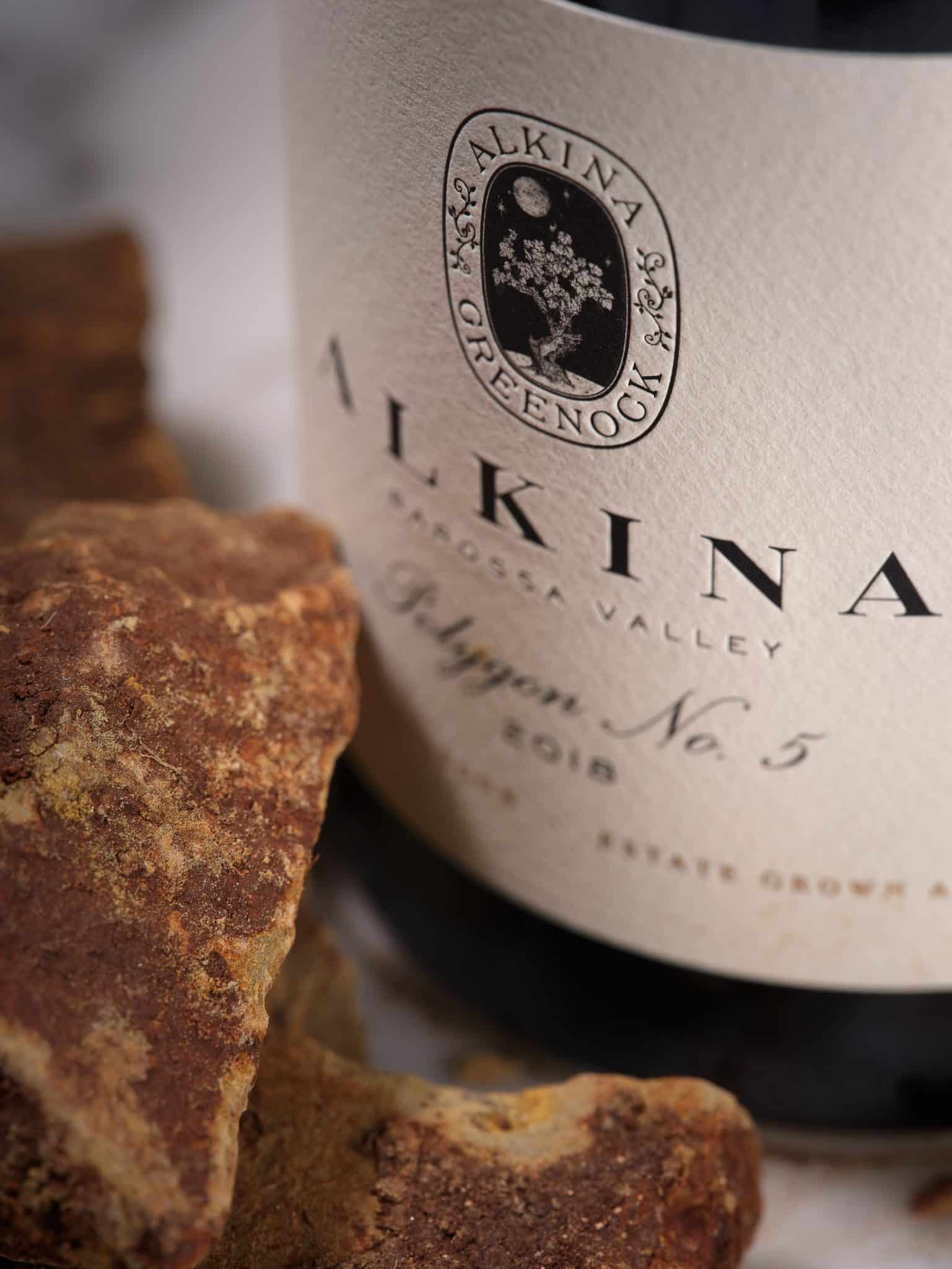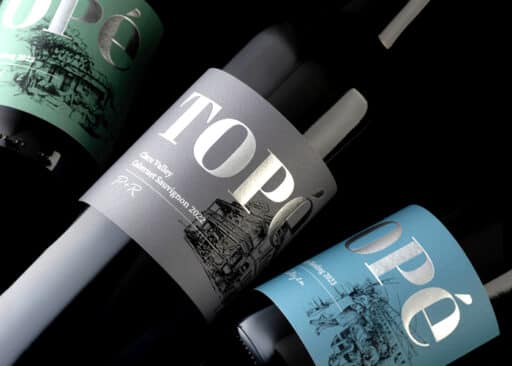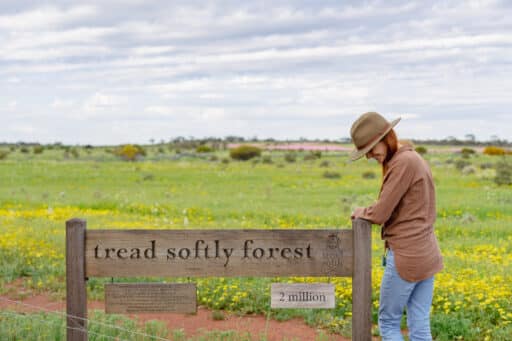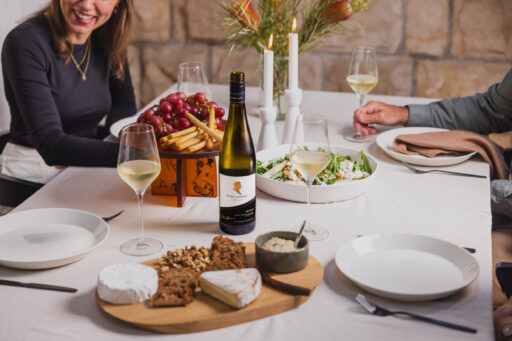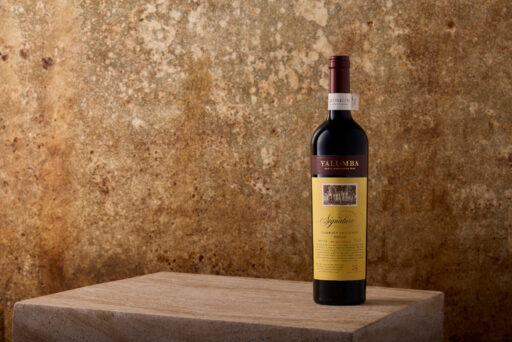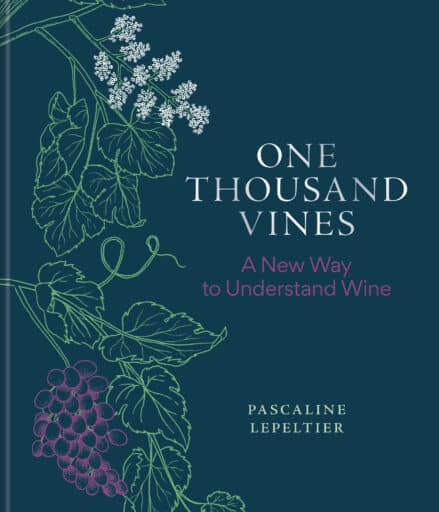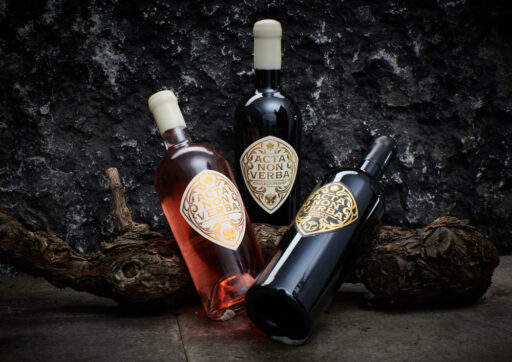Grenache was brought to Australia in the 1830s as part of the Busby collection and quickly became the workhorse grape for the country’s fortified and light dry red wines. Although plantings declined steadily, and Grenache fell victim to the infamous vine pull scheme in the 1980s, South Australia remains home to the oldest surviving Grenache vines in the world. Today, there is a growing popularity for the variety encouraging producers to use their ancestral vines. The combination of unique growing conditions and skilful winemaking offers a broad range of flavours in the glass. I recently tasted a fine selection of Grenache from near and far centred around the nuances of soil, altitude, clones, vine age, and winemaking. Let’s find out the common denominator of delicious Grenache!
Grenache is an early-budding and late-ripening variety well-suited to hot, dry climates. It can produce excellent wines on various poor soils; schist, granite, clay, limestone, and sand. Châteauneuf-du-Pape in the deep south of France’s Rhône Valley is arguably the benchmark for fine Grenache. The appellation’s unique topsoil of various rocks, referred to as galets roulés, are often related to the wine’s distinctive sensory qualities.
Arguably no other wine signifies great Grenache more than the iconic Château Rayas. The vines are primarily planted on sandy soils with patches of red clay that keep the temperature cool. Yields are meagre, 1.5-2 tonne/hectare. The 2010 vintage shows blossoming raspberry, dark cherry, orange marmalade, smoke, roasted nuts, leather and clove spice; seamless and ethereal on the palate, like the greatest of Burgundy. The 2006 vintage had similarly terrific fruit intensity; ripe raspberry, cherry preserve, tomato leaf, root vegetables, leather and cigar box with hints of ferrous herbs and blood orange peel — elegance combined with extraordinary power.
In the Barossa Valley, Alkina’s Polygon series takes a deep dive into soil composition and separates the estate’s Old Quarter vineyard into parcels. Polygon 3 is a single 0.27 Ha parcel of Grenache planted in the 1950s on sedimentary limestone with some schist. The nose is a youthful composition of raspberry, rose, orange peel, dried herbs and exotic spices, followed by a delicately framed palate. Polygon 5 is from a 0.37 Ha strip within the same vineyard, dominated by schist and clay. The resulting wine is remarkably different in style; plumper and more generous with tightly structured tannins and lots of classy detail.
Besides soil composition, topography provides diverse expressions of Grenache too. In Spain, the Sierra de Gredos mountain range produces wines with unexpected freshness. Commando G’s 2019 Tumba del Rel Moro is made from 60-year-old vines planted on sandy granite soils at 1100m elevation. The winemaking borrows tricks from Piedmont, open vat ferments with 60 days maceration and 14 months maturation in a 1400 L French oak vat. The resulting wine has an intensely perfumed nose of dark cherry, candied red berries, smoked meats, porcini and hints of spice and roasted nuts. Serious tannins and vibrant fruits frame the palate with an almost Nebbiolo-like shape, intensity and length. Yangarra’s Ovitelli Grenache 2020 comes from dry-grown bush vines on sand, planted in the 1940s in Blewitt Springs at 180m above sea level. Fully destemmed grapes are fermented in ceramic eggs and left on skins for 170 days with no pressings or oak. The resulting wine is concentrated and softly textured while retaining its primary freshness.
Grenache does need some vine age to show its best. Older vines tend to reduce yields with age, increasing the fruit concentration. The Barossa is home to some of the oldest continuously producing vineyards in the world. Head’s Ancestor Vine Grenache comes from a 163-year-old vineyard planted near Springton, Eden Valley, on sandy loam, decomposed granite over some yellow clays. It was fermented naturally in stainless steel, including 10% whole bunch and aged for 12 months in a large, old barrel. The 2019 vintage has expressive aromas of violets, spicy dark plums, red fruits and liquorice with hints of native bushland and bergamot. The energetic palate combines texture with restraint; tart plums dusted in cocoa with a creamy mouthfeel and savoury lingering tannins.
But it’s not just a question of vine age. There are numerous old clones around, and winemakers argue that the best clones give small berries that craft more concentrated wines. Hardly any wine speaks more of Barossan decadence than Torbreck’s Les Amis. Made from old vines, powerfully ripe fruit is vinified in small open-top fermenters with pump-overs twice daily, before resting in French barriques (40% new) for 24 months. The 2019 is rich and ripe, with dried cherry centred around raspberry and pomegranate fruit. Tarry boot polish, lots of fresh, well-integrated acidity and a spicy frame then lets the fruit sail on to the finish.
For the curious, Garnacha Peluda, or hairy Grenache, is a mutation of Grenache Noir. This Catalonian native gets its name from the hairy leaves and tends to produce wines with lower alcohol content. Terroir Al Limit’s Les Manyes is the highest vineyard in Priorat at 800m and crafts a rare expression of this obscure grape variety. The 2018 vintage was hand-harvested from 55-year-old vines on clay soils and fermented with whole clusters in cement vessels, where the wine remains for 16 months. Primary and pure with explosive aromas of red berries, pomegranate, wild herbs and smokey black pepper, juicy acidity and fine chalky tannins then frame the floral details on a medium-bodied palate.
Besides single-varietal wines, Grenache is often expressed in fine blends with Shiraz and Mourvèdre. Alkina’s 2020 Old Quarter comprises 60% Grenache, 20% Shiraz and 20% Mataro from the namesake estate vineyard planted in the 1950s. Naturally fermented with 70% whole bunch and matured in concrete, it is bright and complex with aromas of red and dark fruits plus violets and orange zest which are carried through the palate by a marked acid line and chiselled tannin. It’s a powerful wine with delicate details that is expressive of its varietal makeup and the site.
Australian Grenache has come a long way since the old days, and now winemakers are proudly making the best of the varietal’s elegant personality. While it is nearly impossible to develop a formula for making the finest Grenache, the fragrant, lively, structured and balanced wines share some common features in the vineyard and winery, generally made from low-yielding old vines planted on unique soils, fermented naturally, with a level of whole bunch, and aged mostly without oak barrels over the short to medium term.

